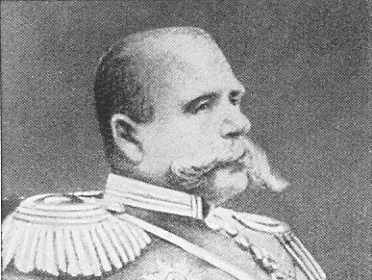Battle of the Masurian Lakes (September 7 - September 14, 1914)

After the defeat of the Russian Second Army in the Battle of Tannenberg on August 30, 1914, the commander of the German Eight Army, Paul von Hindenburg immediately focused on the Russian First Army which was moving between the Masurian Lakes and Köningsberg. Russian general Paul von Rennenkampf was ordered to defend his position in case of a German attack after the devastating defeat at Tannenberg. However, when he realized that his forces were dangerously overstretched, he ordered retreat behind the line extending from the defensive works at Köningsberg in the north and the Masurian Lakes in the south.
Hindenburg who wanted to encircle his adversary launched an attack on September 7, 1914. Two days later, heavily outnumbered Rennenkampf ordered retreat from East Prussia but he sent two divisions to halt the German advance and avoid being outflanked. The action succeeded and the Russian general managed to avoid the trap Hindenburg had planned for him. By September 14, Rennenkampf retreated over the border but at a high cost. The Russians suffered 125,000 casualties, while the Germans suffered 40,000 killed or wounded.
German victory at the Masurian Lakes eliminated the Russian threat in the east, however, the Russian invasion surprised the Germans and forced them to withdraw three corps from the Western front. This weakened the German offensive against France, while the main battles of the Eastern front were fought between Austria-Hungary and Russia in Galicia, a region in present-day southeast Poland and west Ukraine. The Russians achieved more success against Austria-Hungary and captured the Przemysl Fortress (in today’s south eastern Poland) by March 1915. Although the expected Russian offensive into Hungary never occurred, the fall of this strategically important series of fortifications was a serious blow to the Austro-Hungarian morale.




